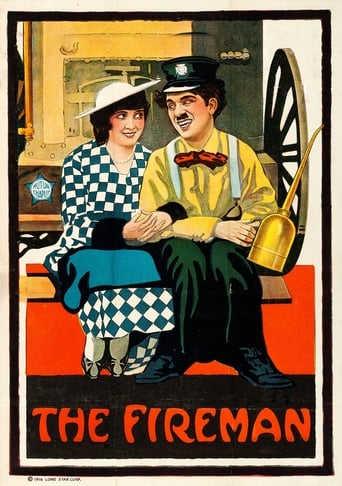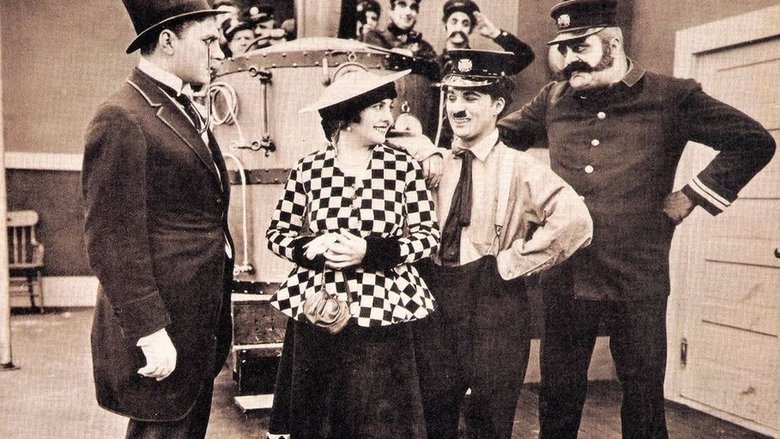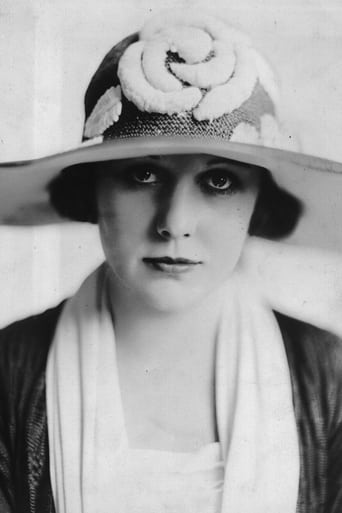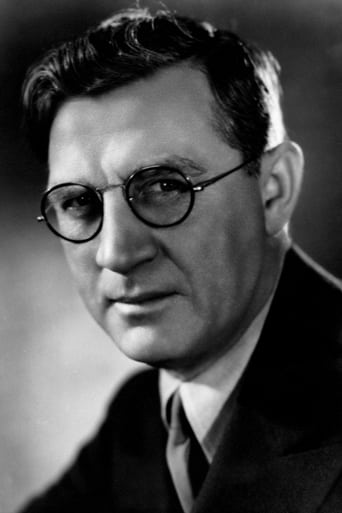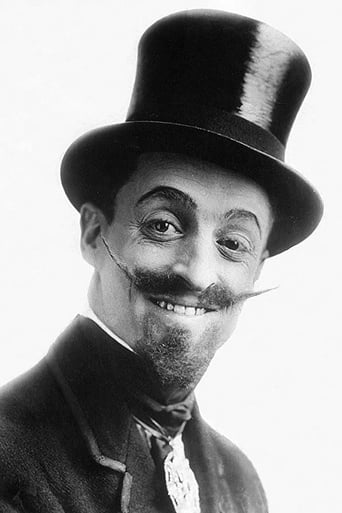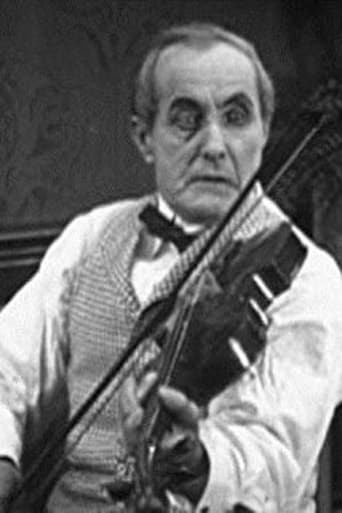Firefighter Charlie Chaplin is tricked into letting a house burn by an owner who wants to collect on the insurance.


Similar titles
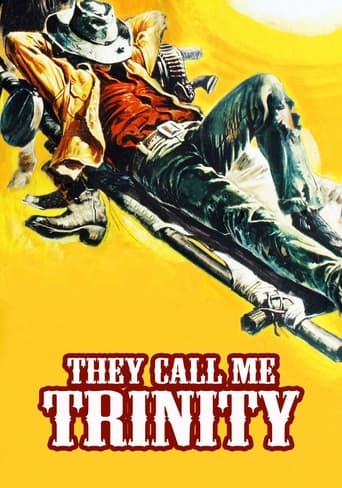
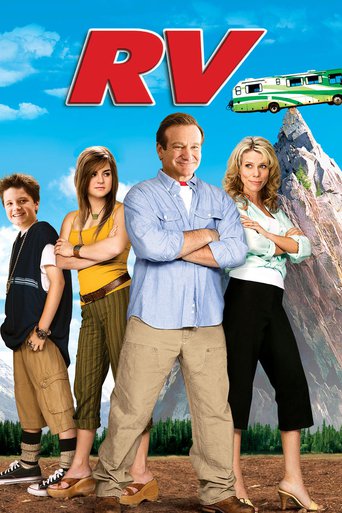
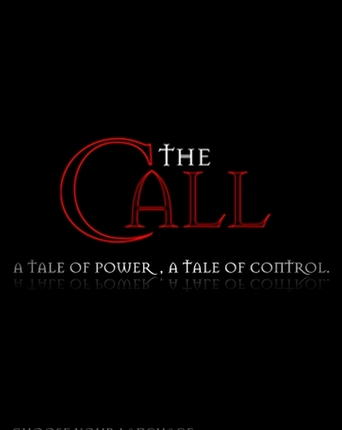

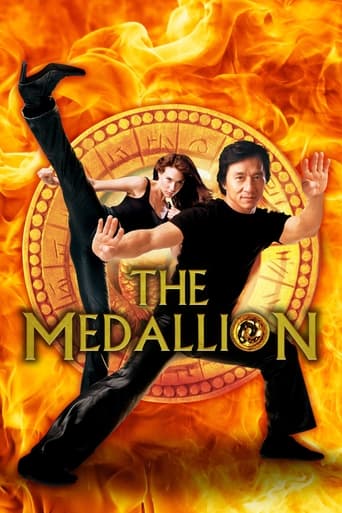
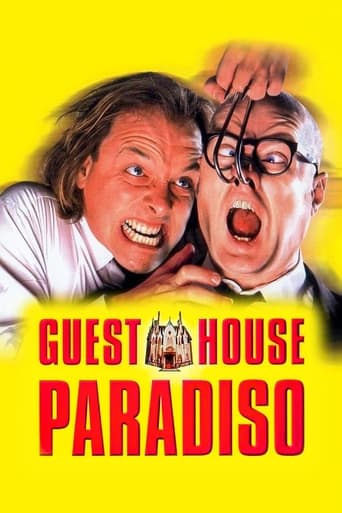
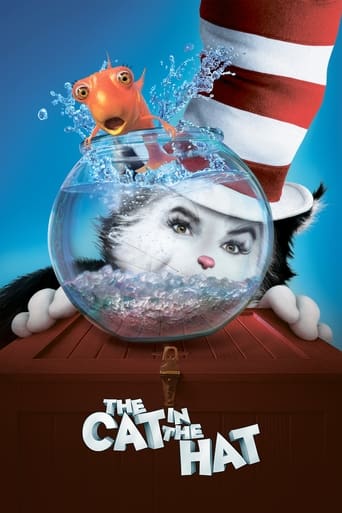
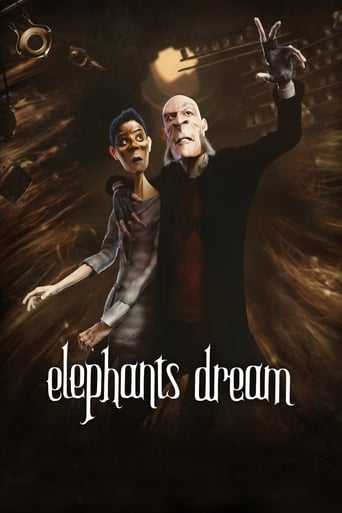

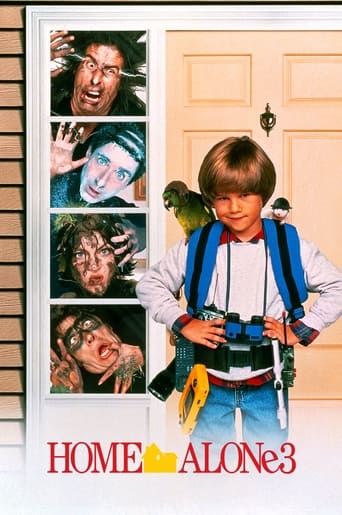
Reviews
"The fireman" is a funny short film from Chaplin, although not being among his very best movies. The little tramp here is, as expected, a fireman. Off course everything he does is a disaster, as he is sleepy, clumsy, quarrelsome and sneaky. The outcome is that he is probably the character most times kicked in the ass ever in the history of cinema! Chaplin's slapstick is funny as it uses to be and I always love Eric Campbell as his antagonist (here, as the furious boss, also with the same love interest as usual). The choreographs performed by the firefighters are very charming. The most interesting element in this short film, that makes it somewhat innovative ans special, are the visual effects. Although simple, they are smart and funny. The horse drawn fire pumper moving backward, the quick change of clothes by the firemen... these are all simple visual effects, off course, but they are precise in adding funny moments to the story. I said that everything our favorite fireman did was a disaster, didn't I? Well, not everything. Edna Purviance was there...
One of the many advantages Charlie Chaplin had in the independence, confidence and familiarity of this point in his career was that he had a large crew of supporting players, each with their own slightly different character, whom the little tramp could play off of. Since the Fireman does not show Charlie at his funniest, let's take this opportunity to tip our hats to the gentlemen who were the butts of so many of his jokes.Chaplin's supporting actors came in many shapes and sizes, but they all had one function in common – to be a puffed-up pompous twerp, who it was amusing to see brought down a peg. You see, Charlie's appeal lay in his own lack of pomposity, and his knack of deflating it in others. This even went to the point of Chaplin not always being the centre of attention, but still being the originator of the biggest laughs. And yet it was that army of pratfallers who keep the supply of potential gags flowing and fresh.So who have we here? Most noticeable is of course Eric Campbell, in his second role for Chaplin. Campbell was a real find, having size coupled with sternness, meaning he was suitable play Chaplin's boss as well as antagonist. As the ultimate burly bully and a grim figure of authority, he provides us with the most satisfaction when Charlie gets the better of him. Then we get the jumped-up, self-important boss's pet as played by Albert Austin. After seeing Campbell repeatedly kick Charlie up the arse, Austin gets in one kick of his own, only to have Charlie ceremoniously kick him back. Finally there is Leo White, and I'm sad to say this really was finally for him because it was the last appearance of his recurring posh twit persona, and his penultimate appearance in any Chaplin picture. He is at his best here though, hopping frantically around trying to get the fire brigade round to his burning house. Charlie's languid, unconcerned response is hilarious, but only because White's exaggerated capering gives him such an excellent counterpoint.This is all in all a fairly good Chaplin short, typical of the smoothness he displayed at the Mutual studios. It's also notable for a couple of camera trick gags, such as Charlie appearing to put the horses into reverse, or a jump cut which makes it look like the firemen got dressed in a split second. These are pretty funny, but Chaplin clearly did not consider himself a Melies and would not pursue the approach.And where would we be without our all-important statistic? – Number of kicks up the arse: 15 (1 for, 13 against, 1 other)
The Fireman soon strikes me as a perfect example of just how good Chaplin's earliest films could be. So many of the Keystone and Essanay comedies are rough and simple comedies with a lot of comical punching and kicking and not much else. This one has a developed story, multiple sets, location shooting, a nice love story, even a full-sized structure fire. It's also one of the earliest and best examples of Chaplin using reverse motion in his films. Here, it is used several times, and with surprisingly convincing effect, to show people going up and down the fireman's pole and to drive the horse-drawn fire engine forwards and backwards.Charlie is in good form as he is working diligently on the fire truck, and then quickly stands at attention and salutes when the fire chief boots him on the rear while he works. He salutes each time only to be rewarded with a good thrashing, once again showing a hard working guy getting abused and mistreated by his superiors. Finally, he decides he's had enough and fights back, only to be demoted to the cook's assistant, a job at which he is satisfactorily unqualified. Lots of comic mayhem ensues.But the movie really gets good after Charlie attempts to serve dinner and soon finds the fire chief, covered in soup from head to toe, chasing him all over the station. A couple of distinguished guests arrive, and the well-dressed man tells the chief that if he allows his house to burn down so he can get the insurance money, he'll offer up his daughter's hand in marriage. What a loving father. The chief agrees, and it's an ominous sign when the daughter shows a clear interest in Charlie rather than the chief.The chief orders the men to ignore the fire alarm, showing what a responsible leader he is, so they all ignore a genuine fire call until it's almost too late. Soon they realize their error and head with all possible speed to the site of the emergency, which sure looks to me like they really set a house on fire for the movie. I'm also curious to know where exactly the exterior shots were filmed, because I come from Los Angeles and it's always fascinating to me to know where exactly shots like that were taken so I can see what it looked like more than 90 year ago.There is a healthy amount of poetic justice in the film, which is one of it's strongest points. Every action has a reaction, and all corrupt decisions are punished by fate. The corrupt man sets his house on fire, only to accidentally do so with his daughter upstairs, and not only has he asked the firemen not to respond, they are already busy with the "honest fire" anyway. He runs on foot to find them, and when he tells Charlie, the real love interest, about the fire, Charlie steals the fire truck and heads over there, leaving the rest of the team with no way to fight the real fire.The truck breaks in half on the way to the other fire, so Charlie is forced into the role of a hero. It's clear as he's climbing back down the wall on the outside of the house with the woman on his back that she's a dummy, but it's a clever effect and it works well enough. When I see things like that, and especially things like the reverse motion used in parts of the film, I always wonder how they were received when shown to the movie's original audiences. Film was still an embryonic art form, and the general public had extremely little knowledge or understanding of it. I am willing to bet that a good part of the audience was totally stunned by seeing the horses walk backwards, and not because they're stupid, just because they had never seen something like that before, and it would have been much more difficult for a layman in 1916 to imagine running a film clip in reverse than it is for us today, when it is one of the simplest special effects that we can do. Lately I've been watching a lot of Chaplin's old comedies, and I always try to view them in reference to the time in which they are made, but even so, some of them are genuinely crude and look like they were slapped together in a few hours (which many of them were). But The Fireman is definitely one of the strongest of all of the early comedies that I've seen.
There's not very much to the simple short comedy "The Fireman" besides the kind of knockabout slapstick that might have been getting a little old even in 1916, but at least in Chaplin's hands it is watchable and it has some good moments. It moves quickly and gets pretty manic at times, and if there had been a little more depth or creativity, it could have been pretty good.The setting offers many props and story possibilities. A few times these are worked into the action in creative ways, but more often, the movie relies on the same type of humor repeated over and over again. When it comes to comedy ideas such as falling down, kicking someone, and the like, Chaplin is better than almost anyone else of his era in carrying off the gag, but in this case the movie just relies on such things too heavily, instead of working in some more imaginative material.The cast includes some Chaplin regulars, most notably Eric Campbell and Edna Purviance, who are always worth seeing. And there are the kernels of some good ideas, as well as some stretches when the slapstick is funny. So it had the makings of a very good comedy - but as it is, it's OK but below average for Chaplin.
